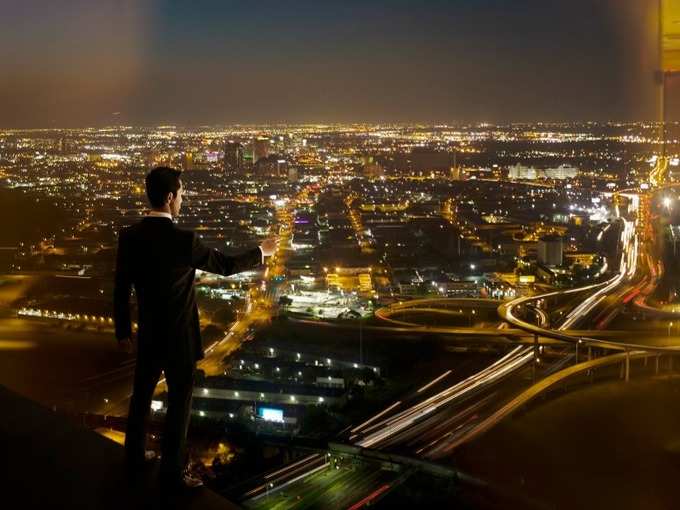 By 2050, it is predicted that 64.1 per cent of developing countries and 85 per cent of the developed world will be urbanized. Currently, 31% of India’s population lives in cities; this figure is expected to grow to 50 per cent by 2030. The net effect of all this is poor predictability in
By 2050, it is predicted that 64.1 per cent of developing countries and 85 per cent of the developed world will be urbanized. Currently, 31% of India’s population lives in cities; this figure is expected to grow to 50 per cent by 2030. The net effect of all this is poor predictability in The Government of India’s Smart Cities Mission is thus a bold initiative to drive economic growth and improve the quality of life of people by enabling local development and harnessing technology as a means to create smart outcomes for citizens.
What does it mean for the common man?
A smart city leverages out-of-the-box solutions to simplify complex systems and provides scalable solutions for our rapidly growing cities.
Many of these aspects are gradually becoming real. Take the example of personal transportation where powerful navigation systems deploying GPS, have made driving in cities easier. Imagine a situation where your navigation system can help you to get to your destination smoothly, avoiding traffic congestion, or takes you precisely to a vacant parking slot, or guides you to a gas station sensing that you are running out of fuel and so forth.
The increase in intelligence levels in personal transportation – from an integrated navigation system, culminating in autonomous cars – will happen as both cities and vehicles get smarter. Thus, smart devices when integrated into the city's infrastructure through the effective deployment of
The applications of smart cities can go beyond this example of revolutionizing transportation. Traffic cameras with license plate and facial recognition systems can not only help in streamlining traffic but also improve the overall security in smart cities. Networking with security cameras of adjacent buildings, combined with human identification techniques, can be used to improve security throughout the city.
A big impact in streamlining public services in large cities can be made by regulating the planning, distribution and consumption of energy and other utilities. For this to happen, a comprehensive integration of ICT has to be set up in commercial buildings, homes, power grids, hospitals, and so on. By doing this, e-governance will become more comprehensive in ushering in excellence and smartness in public services.
Smart cities are made up of smart homes, which in turn bring out efficiencies when connected to cities’ public infrastructure. Obviously, all of this will come at a cost. People living in smart cities need to be more compliant for the city's community to derive the maximum benefits of smart cities.
By improving their citizens’ quality of life and operating transport and security infrastructure in optimal fashion, cities everywhere hope to secure a position among the world’s Top 100 most attractive places to live.
Since life in smart cities will capture the digital footprint of the citizens, it will probably give rise to problems like individual privacy, information theft and misuse. While there are no easy solutions, upfront planning can improve security and bring down misuse to a manageable level. In the end, the benefits far outweigh the issues. All said and done, smarter urban infrastructure is an essential need today, otherwise daily life can come to a grinding halt.
(The article is authored by GH Rao, Head of Engineering and R&D Services at HCL Technologies)